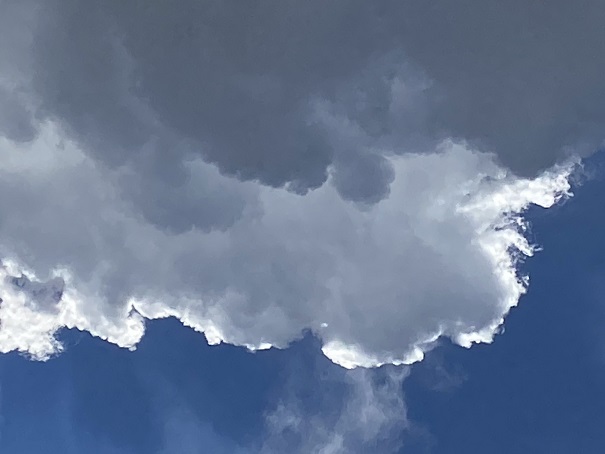A fundamental teaching of Tantra occurs in the beginning of the Pratyabhijñā-hṛdayam: “Consciousness (Citi) in her freedom brings about everything in the universe” (PH 1). The highest Absolute reality as the ground of being manifests relative reality out of its own freedom. The power of freedom, the svātantrya-śakti, is considered the highest form of the power of Consciousness.
Svatantra is an extraordinary and important concept. Usually translated as “free,” it also means “independent,” in that there is no reliance on anything else. The absolute Citi manifests everything as a result of its freedom, or svātantrya. At the level of the highest reality, the absolute Citi is completely free. The freedom implied in svātantrya is a much larger concept than simply liberty and the pursuit of happiness. At the level of the Absolute, it means freedom from any limiting factors, including time, space, and form. It is the ability to be anywhere as anything at any time. It seems inconceivable.
The prefix sva means “self,” and tantra can mean “loom,” (as in “weaving”), so another interpretation of this word is “self-weaving.” She takes the strands of existence and weaves them into the manifest world as we know it. I love this definition, as it invokes the image of our lives as a piece of cloth or a quilt that we create over a lifetime. So the question becomes: What do you want the quilt to be like? All your thoughts and behavior weave what becomes the fabric of your current life and, the tradition says, future lives. This concept of freedom, svātantrya, or self-weaving, is important to consider in all levels of reality. On the level of the relative manifest world, including the path of yoga, it is important to consider how freedom of choice is exercised in all of our actions.
As a fundamental quality of the Absolute, svatantra means that the Highest is completely unlimited, independent, and absolutely free. And out of that freedom, It dances everything into existence. Human beings are the result of that dance. As a wave on the ocean of Consciousness, we also have a fair amount of freedom, though not the unlimited freedom of the Absolute itself. As relative beings, by virtue of being embodied, we are more or less limited depending on our embodied form, social circumstances, progression on the path of yoga, and so on.
In everyday life, choices are often made unconsciously. We might not understand that we are even making a choice or that there are different options. We just mindlessly carry on, often out of personal habit or prescribed social convention. For example, we always brush our teeth or commute to work in a certain way, without even thinking about it. With a pause, we can see how habitual ways of thinking and general mindsets are being activated.
Many times when facing challenging situations, we yearn to go back to “normal,” which essentially means enacting old behavioral patterns. That may not necessarily be bad, but each moment is an opportunity to pause and evaluate whether “normal” is the highest way of being for everyone involved. There is an opportunity to consciously examine these patterns. Then, out of freedom, we can choose how to be. Or, we can unconsciously allow the old patterns to dominate and reiterate, which affects not only our personal lives but society at large.
We think of freedom as a birthright, but it isn’t about the ability to do or enact anything without recourse. Ultimately this can lead to bondage on so many levels. As embodied beings, svātantrya/freedom is being free of the bonds of unconscious, habitual, saṃskāric patterns so that one acts consciously from the highest accessible place, bringing the greatest possible alignment to any given situation.
I once had a teacher who suggested I consider whether or not every one of my actions would lead me farther along the path of yoga. In some ways, this is a really heavy teaching, because it puts responsibility for our lives squarely on us and requires constant mindfulness. It means that we each are responsible for how we weave the fabric of our lives. In each moment, there is a choice to create a more aligned, integrated, and joyful life out of freedom—or one can choose misalignment, disintegration, and suffering.
REFLECT AND EXPLORE
Contemplate the concept of svātantrya. How do you see it playing out in your life?
To what degree do you feel free? Consider your thoughts, feelings, and actions.
What inhibits you from feeling free? What encourages a feeling of freedom?
Are there circumstances in which you unconsciously limit your freedom of choice and/or expression?
Under which circumstances do you feel most free?


